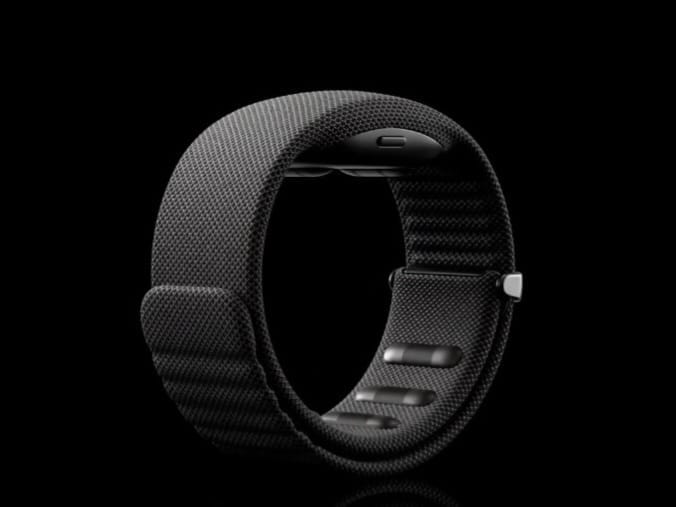Meta's Mind-Bending Wristband Could Replace Your Mouse and Keyboard Forever
Meta has just pulled back the curtain on technology that sounds like it belongs in a sci-fi thriller: a sleek wristband that translates your muscle signals into computer commands. This isn't just another fitness tracker—it's a glimpse into a future where typing, clicking, and swiping could become as obsolete as floppy disks.
The Technology Behind the Magic
The wristband works by detecting electromyography (EMG) signals—the electrical impulses your muscles generate when they contract. Even the slightest finger movement or hand gesture creates distinct neural patterns that the device can interpret and translate into digital commands.
Think of it as reading your body's electrical language. When you make a pinching motion with your thumb and index finger, the wristband detects the specific muscle activation pattern and can translate that into a mouse click. Flex your wrist in a particular way, and it might scroll through a webpage or adjust volume controls.
Meta's researchers have been refining this technology for years, building on their 2019 acquisition of CTRL-labs, a neural interface startup that pioneered consumer-grade EMG technology. The current prototype can distinguish between dozens of different hand positions and gestures with remarkable accuracy.
Beyond Gaming: Real-World Applications
While the gaming applications are obvious—imagine controlling characters with natural hand movements—the potential extends far beyond entertainment. The technology could revolutionize accessibility for users with mobility impairments, offering new ways to interact with computers when traditional input methods aren't viable.
Consider the possibilities for professionals who spend hours at computers. Surgeons could manipulate 3D medical imaging without touching contaminated surfaces. Architects could sculpt digital models with the same hand movements they'd use with clay. Remote workers could control presentations or take notes without being tethered to a desk.
The wristband also integrates seamlessly with Meta's vision for augmented and virtual reality. In AR environments, users could manipulate virtual objects overlaid on the real world using natural gestures, making the technology feel intuitive rather than cumbersome.
The Technical Hurdles
Despite its promise, the technology faces significant challenges. Current prototypes require calibration periods where users train the system to recognize their unique muscle patterns. Battery life remains a concern—continuous EMG monitoring is power-intensive, and nobody wants to charge their input device multiple times per day.
Signal interference poses another obstacle. EMG signals are subtle, and environmental factors like moisture, temperature changes, or even the tightness of the wristband can affect accuracy. Meta's engineers are working on machine learning algorithms that can adapt to these variations in real-time.
Privacy concerns also loom large. The device essentially reads your body's electrical signals, creating detailed data about your physical movements and potentially your intentions. Meta will need to address how this biometric information is collected, stored, and protected.
Market Implications and Competition
Meta isn't alone in pursuing neural interface technology. Companies like Neuralink are developing more invasive brain-computer interfaces, while startups like NextMind (acquired by Snap) have explored EEG-based control systems. Apple has patents for similar EMG technology, suggesting the tech giants recognize the potential.
The market opportunity is substantial. The global brain-computer interface market is projected to reach $5.5 billion by 2030, driven by applications in healthcare, gaming, and human augmentation. Meta's wristband could capture a significant portion of this market by offering a non-invasive, consumer-friendly entry point.
Looking Ahead: The Future of Human-Computer Interaction
While Meta hasn't announced a commercial release date, the technology represents a fundamental shift in how we might interact with digital devices. We're potentially looking at the beginning of the end for traditional keyboards and mice—tools that have remained largely unchanged for decades.
The implications extend beyond convenience. As our lives become increasingly digital, more intuitive interfaces could reduce the cognitive load of technology interaction, making computing more accessible to broader populations and enabling new forms of creative expression.
Meta's EMG wristband isn't just another gadget—it's a preview of a world where the boundary between human intention and digital action becomes increasingly seamless. Whether this particular device succeeds commercially or not, it's clear that the future of human-computer interaction is literally in our hands.
